Isfahan, Yazd, and Shiraz showcase synergy at Tehran tourism fair
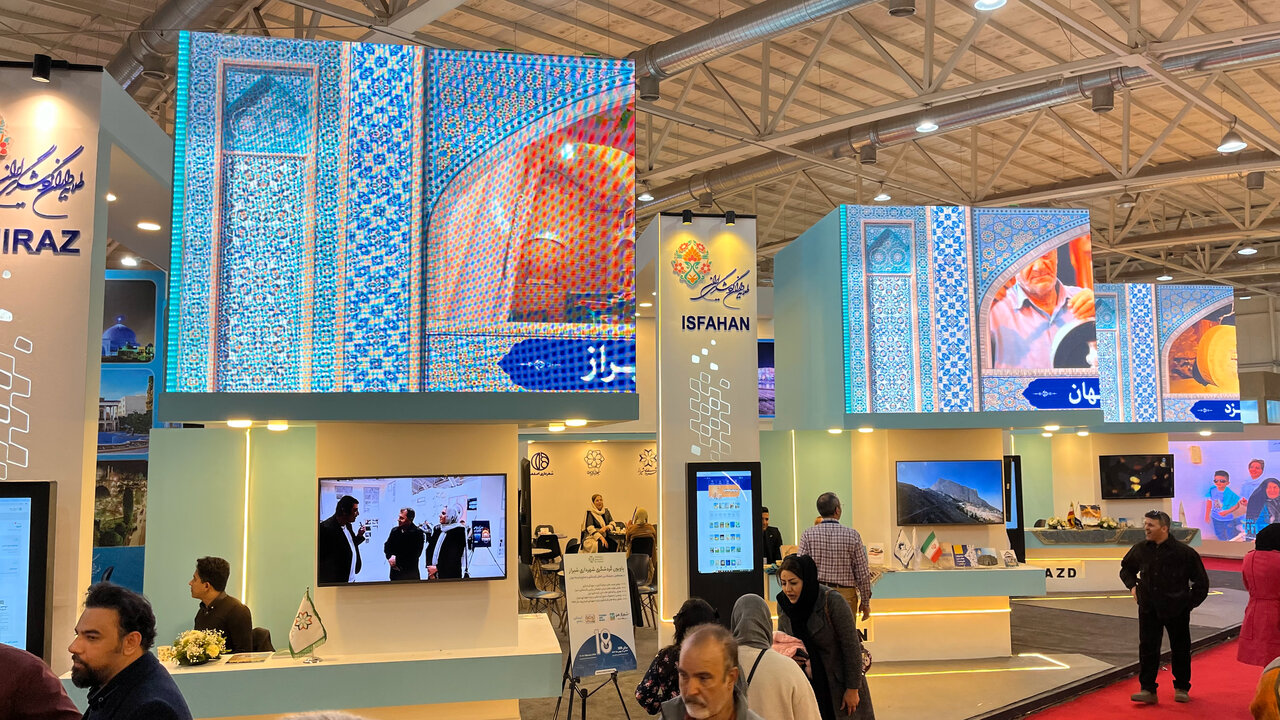
TEHRAN - For the first time, a joint pavilion representing Isfahan, Yazd, and Shiraz has been set up at the current Tehran tourism fair to highlight a synergy among these three ancient cities.
This collaboration marks a recently-inked revitalization of the "Tourism Triangle of Iran" agreement, designed to promote their shared cultural heritage and tourism potential. The booth features a rich display of each city's unique attractions, from historical landmarks to vibrant local traditions, reinforcing the united effort to boost tourism and celebrate their historical significance.
In an interview with the Tehran Times, Alireza Massah who presides over the tourism department at Isfahan Municipality, said the three cities of Isfahan, Yazd, and Shiraz are destinations that, in theory, no foreign tourist enters Iran without visiting at least one of them.
“In addition to having a trilateral cooperation agreement for tourism development, we have also set up a joint pavilion at this Tehran tourism exhibition to enhance synergy.”
Massah said there are cultural similarities and unique distinctions among these three historical cities, which are highly interesting to tourists. For example, when it comes to handicrafts, Isfahan and Shiraz are particularly well-known for Khatam and Khatamkari (a traditional Persian inlaying technique), each with its own distinctive style.
He noted that each of these three cities is filled with numerous historical monuments and has a unique architectural style that, while equally captivating, presents fascinating differences. Additionally, they all have renowned historical cemeteries that are particularly intriguing to visitors. This booth has been named “The Pioneers of Iranian Tourism”.
Elsewhere in his remarks, Massah expressed hope that this joint pavilion experience would be repeated in the future.
He then stated that the pavilion's programs include unveiling a series of joint cultural products, launching a shared logo, and revealing the poster for the first international collaborative event between these three cities in the presence of the mayors of Yazd, Isfahan, and Shiraz.
Massah mentioned that each of these cities will separately introduce a collection of authored books and exclusive multimedia programs.
Building on this initiative, the three cities plan to participate in Qatar cultural week next month, presenting their historical and cultural richness to an international audience, Massah concluded.
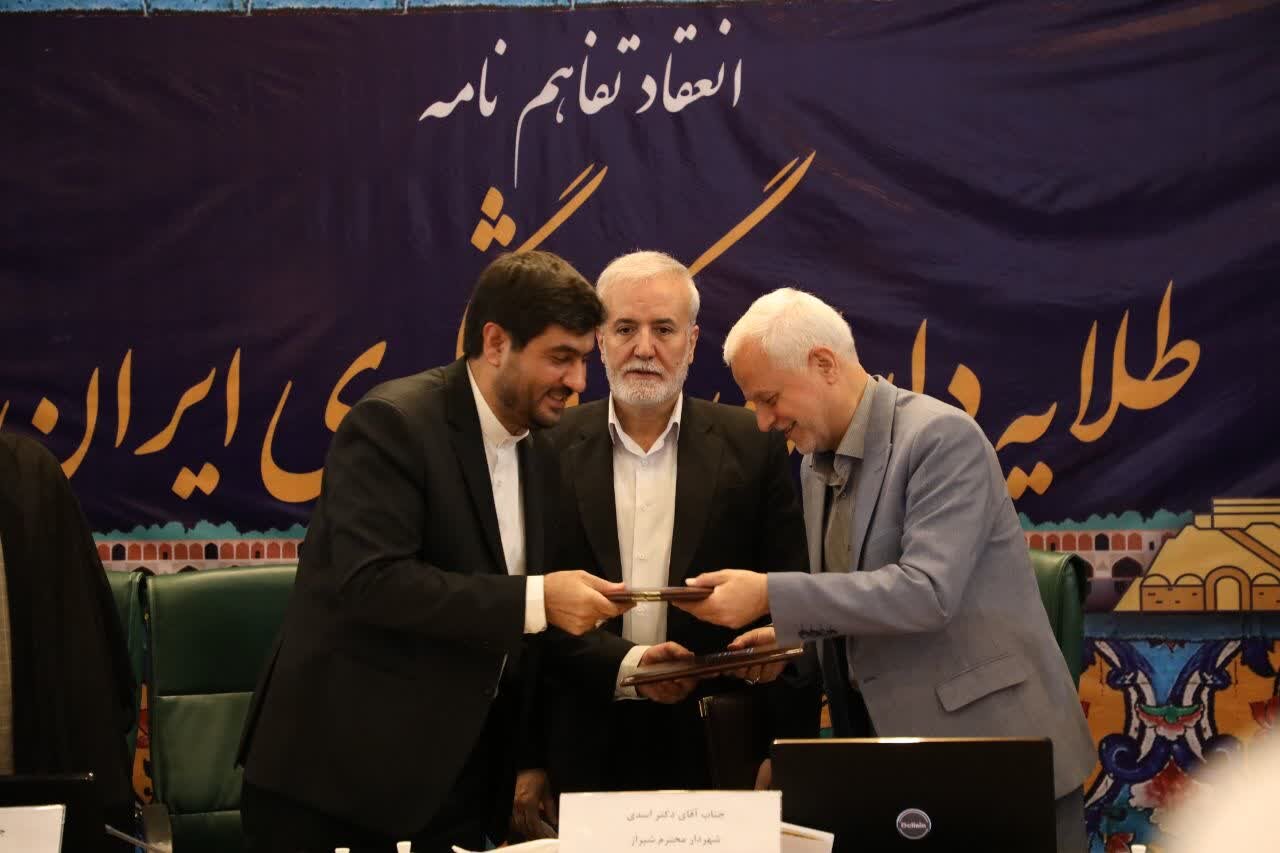
Last November, the “Golden Triangle” tourism agreement, originally signed in 2016, was revitalized amid hopes to establish a world-class tourism route, showcasing Iran’s rich cultural heritage and unparalleled historical sites. Key points of the agreement include joint research projects aimed at tourism development, utilizing international networks of the three cities, and organizing conferences, workshops, and special visits between them.
Isfahan
Once a crossroads of international trade and diplomacy, Isfahan remains one of Iran’s most prominent tourist destinations. It is renowned for its breathtaking Islamic architecture, including stunning mosques, palaces, and bazaars. Visitors can explore Persian gardens and walk along the city’s tree-lined boulevards, soaking in the beauty and history at every turn. The city’s architectural marvels, such as Naghsh-e Jahan Square—one of the largest squares in the world—make it a jewel of town planning.
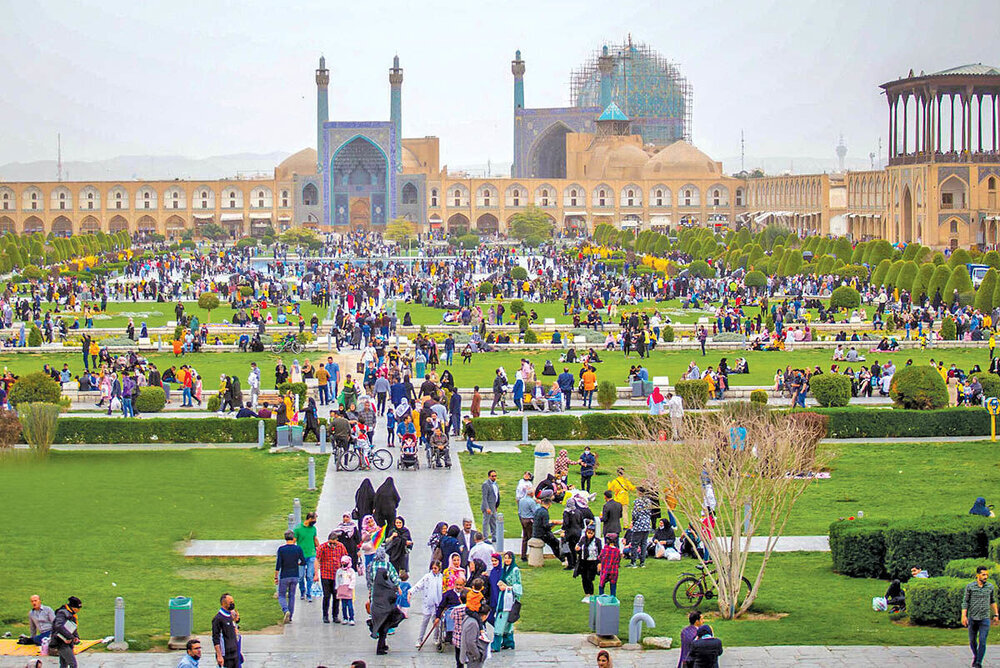
Isfahan is known as “Nesf-e-Jahan,” or “half the world,” symbolizing its historic significance. The Zayandeh-Rood River, often called the city’s “life-giving river,” adds to the city’s natural beauty, enhancing its allure for tourists.
Yazd
Situated in the heart of Iran’s desert, Yazd is a city of ancient ingenuity and timeless charm. Known for its maze of winding lanes, traditional bazaars, and mud-brick architecture, Yazd showcases the clever use of limited resources to create a sustainable urban environment. The city’s ancient qanat system—underground channels that transport water from distant mountains—has been the lifeline of this desert city for centuries. Yazd’s historic wind catchers and domed homes maintain cool temperatures in the harsh desert climate, making it an architectural marvel.
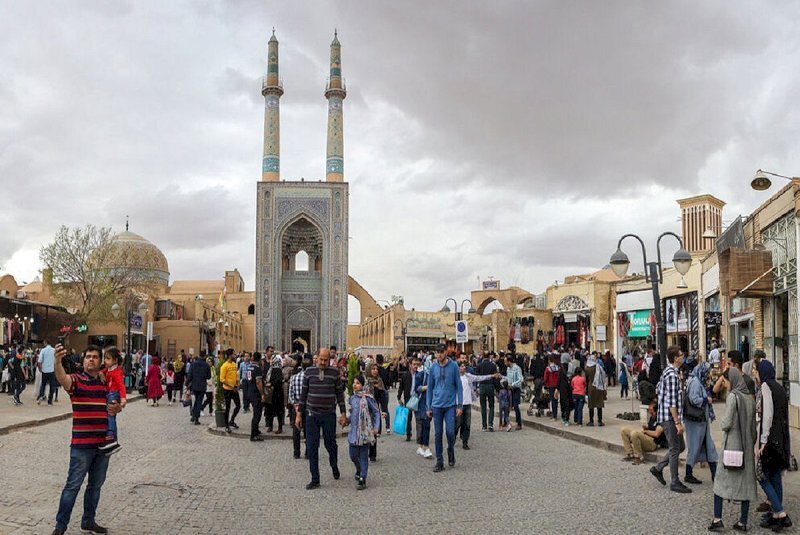
The Yazd Water Museum offers a deep dive into the city’s qanat system, giving visitors insight into the nearly 2000-year-old water management techniques that helped this city thrive in the arid landscape.
Shiraz
Known as the heartland of Persian culture, Shiraz has a rich history stretching back over 2000 years. This city is synonymous with poetry, education, and the arts, and has been a hub for creativity and intellectual pursuits. Once the capital of Iran during the Zand dynasty, Shiraz is home to some of the most iconic landmarks in the country, including the Eram Garden, the Tomb of Hafez, and the ancient ruins of Persepolis.
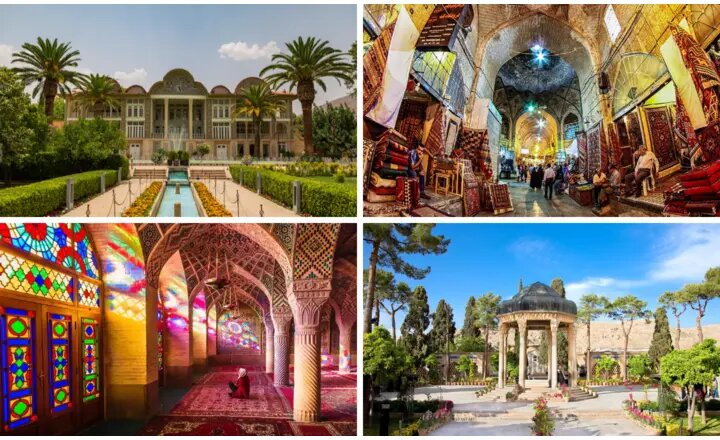
Shiraz’s historical gardens, like Bagh-e Narenjestan and Eram Garden, are masterpieces of Persian landscaping and a top draw for tourists. The city’s enduring connection to Persian culture, coupled with its majestic architecture and natural beauty, continues to make it a prime destination for both domestic and international travelers.
Together, Isfahan, Yazd, and Shiraz represent a “Golden Triangle” of Iranian tourism, each offering a unique glimpse into Iran’s rich cultural, architectural, and historical heritage.
AM
Leave a Comment